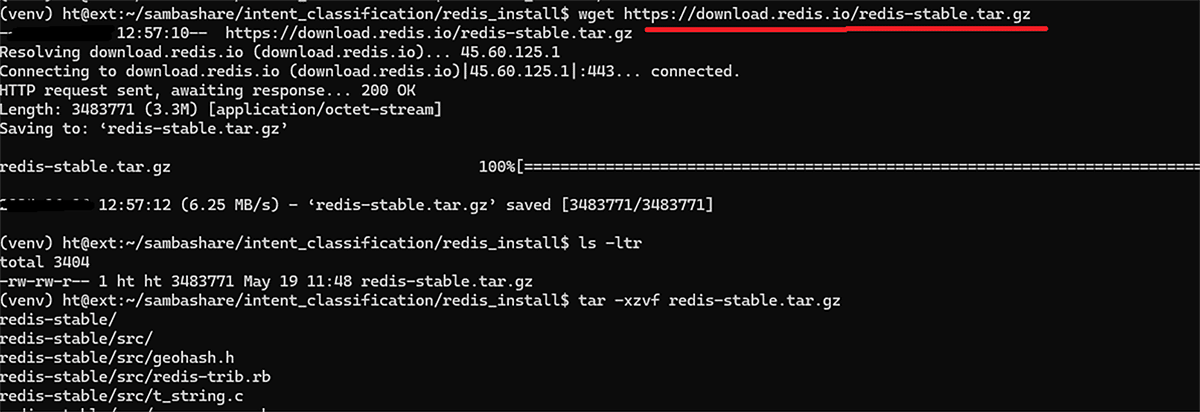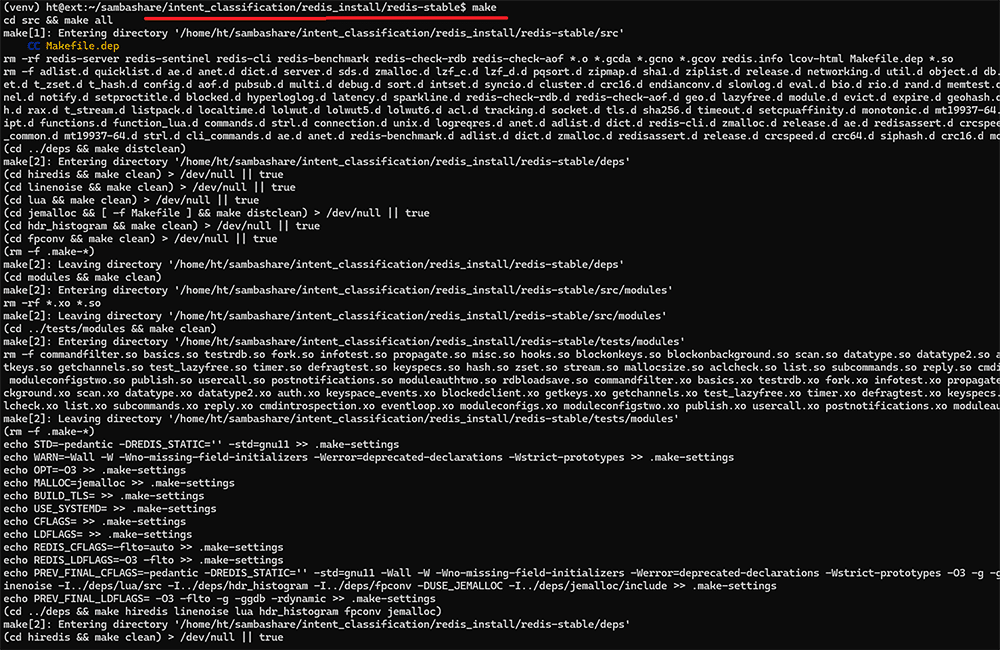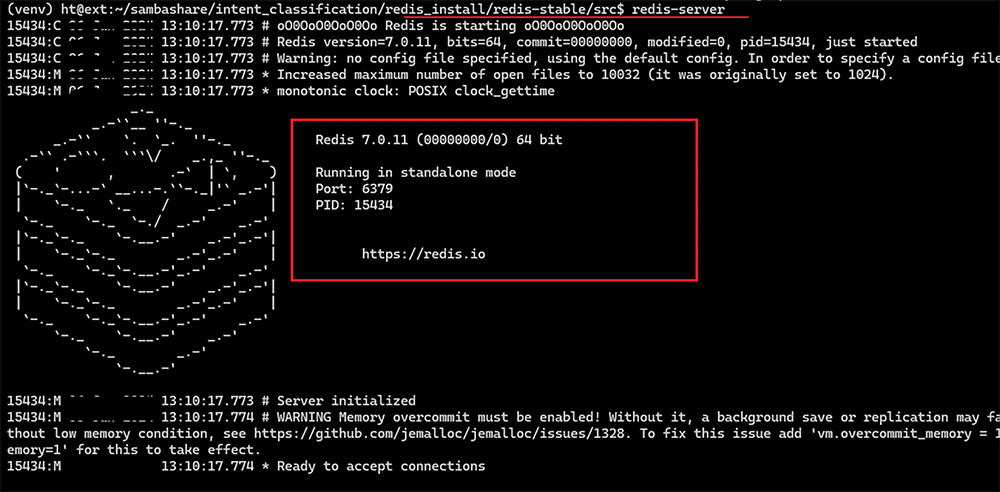Redis is an open source, in-memory data structure store, used as a database, cache, and message broker. Its simplicity and speed make it an ideal candidate for real-time applications that need high performance. This article delves into how to harness the power of Redis with Python, focusing on its installation, and use as a storage system and a queue mechanism.
Python is known for its ease of use and versatility, but when combined with Redis, it can achieve unparalleled performance for certain types of applications, such as caching, session storage, and real-time analytics. Redis, which stands for Remote Dictionary Server, operates by storing data in memory and supports various data structures such as strings, hashes, lists, sets, and sorted sets.
What makes Redis special?
Blazing speed: Redis keeps data in memory (RAM), resulting in near-instantaneous read and write operations compared to disk-based databases.
Data structure versatility: Redis goes beyond simple strings. It offers lists, sets, sorted sets, and hashes, allowing you to tailor data storage to your specific needs.
Caching champion: Redis excels at caching frequently accessed data, significantly reducing database load and making your application more responsive.
Real-time communication: Redis’s pub/sub functionality enables real-time messaging between application components, perfect for live chat, stock tickers, and other dynamic scenarios.
Persistence options (optional): While primarily in-memory, Redis offers persistence mechanisms like snapshots and AOF (Append-Only File) to ensure data durability in case of server restarts.
Installing Redis
Redis can be installed using two methods: via apt-get or by downloading the source code as a tarball file and compiling it yourself. Here’s a brief overview of both methods.
Using apt-get: This is the simpler method if you are using a Debian-based distribution like Ubuntu. Using apt-get handles dependencies automatically and configures Redis as a service, allowing it to start automatically on boot. Here’s how you can install it.
- For Ubuntu:
sudo apt-get update sudo apt-get install redis-server
After installation, ensure that the Redis server is running:
redis-server
From the tarball (source code): If you prefer to install the latest version or need a specific version that’s not available in the repository, you might want to compile Redis from source. Here’s how you can do it.
Download the redis tar and extract it, as shown in Figure 1.

After extracting, open the redis-stable folder and use the command make as shown in Figure 2.

Run the Redis server as shown in Figure 3.

To interact with Redis from a Python application, install the redis-py library—a Python client for Redis.
pip install redis
Redis as storage
Redis can serve as an effective key-value store. Here’s how to use it for storing and retrieving data.
1. Connecting to Redis:
import redis r = redis.Redis(host=’localhost’, port=6379, db=0)
2. Setting and getting data:
# Set a key with a string value r.set(‘hello’, ‘world’) # Get the value from a key print(r.get(‘hello’)) # Outputs: b’world’
3. Working with complex data structures:
- Lists:
# Pushing elements to a list r.lpush(‘mylist’, 1) r.lpush(‘mylist’, 2) # Retrieving elements from a list print(r.lrange(‘mylist’, 0, -1)) # Outputs: [b’2’, b’1’]
- Hashes:
# Setting a hash map r.hset(‘user:1000’, ‘name’, ‘John Doe’) r.hset(‘user:1000’, ‘age’, 30) # Getting data from a hash map print(r.hgetall(‘user:1000’))
Redis as queue
Redis lists can be used effectively as queues for task processing. Here’s how you can implement a simple message queue.
1. Producer (adding tasks to the queue):
def add_task(queue_name, task): r.lpush(queue_name, task)
2. Consumer (processing tasks from the queue):
def process_task(queue_name):
while True:
task = r.brpop(queue_name, timeout=5)
if not task:
break # Exit if no task is found
print(f”Processing {task[1]}”)
Use cases for Redis in Python applications
Redis’s versatility makes it suitable for various scenarios in Python development.
Caching: Reduce database load and improve response times by caching frequently accessed data.
Session management: Store user session data for faster retrieval and better user experience.
Real-time messaging: Implement pub/sub functionality for live chat updates, stock tickers, or other real-time communication needs.
Leaderboards and ranking systems: Utilise Redis’s sorted sets for efficient leaderboard management and ranking calculations.
Task queues: Employ Redis lists as task queues for background jobs or asynchronous processing.
Best practices and performance optimisation
Persistence options: Redis offers various persistence options like RDB (Redis Database backups) and AOF (Append Only File). Choosing the right option based on your requirement can ensure data durability.
Memory management: Set up eviction policies and monitor memory usage to manage Redis instances effectively.
Security: Secure your Redis server by setting up a password and using SSL/TLS for encrypted connections.
















































































